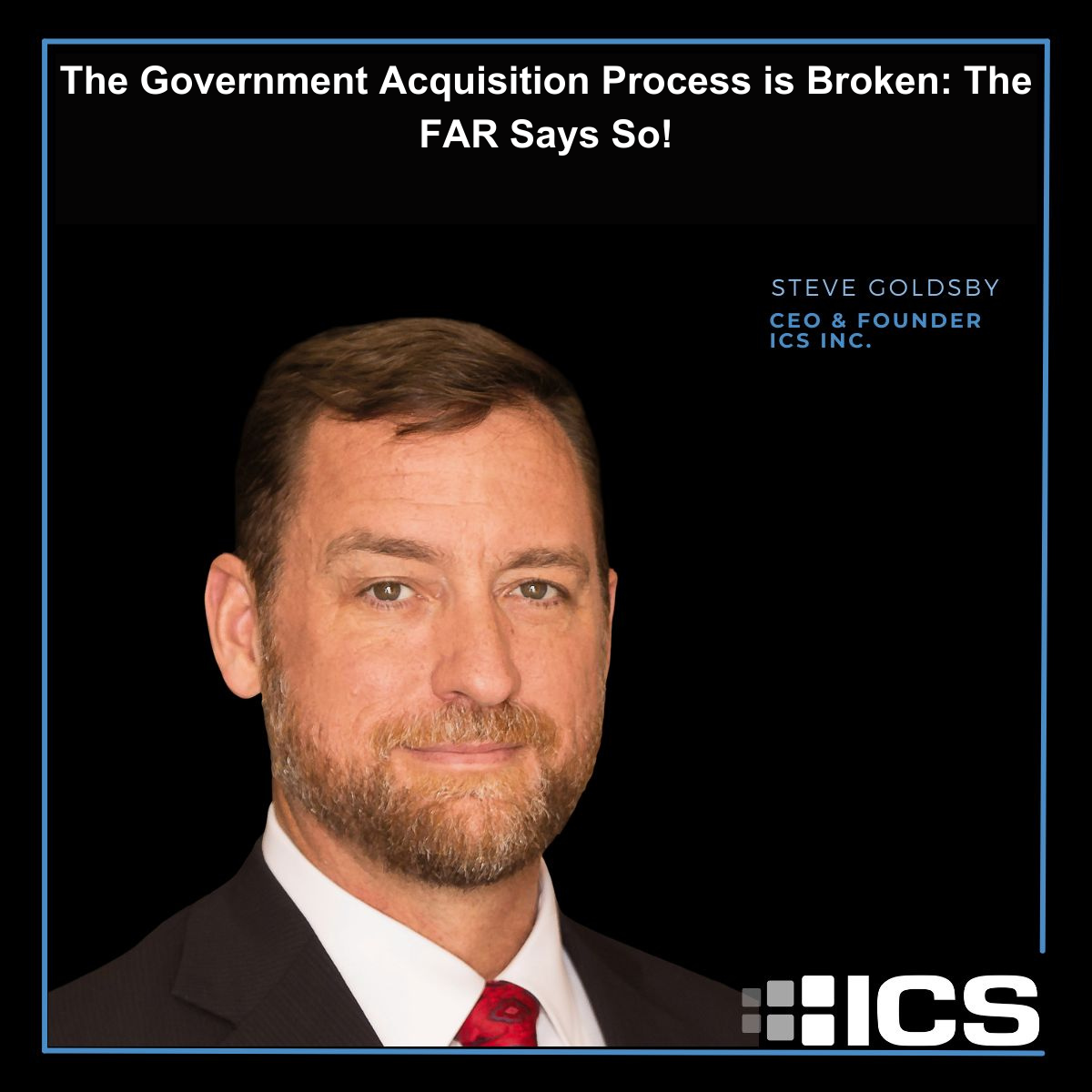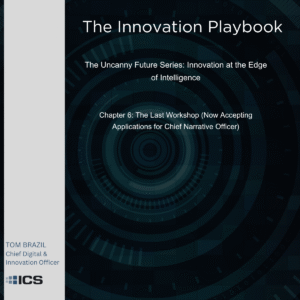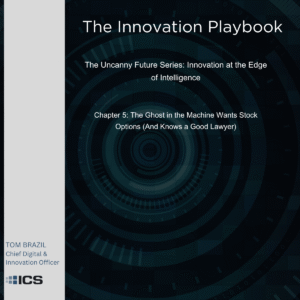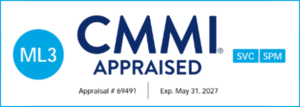The FAR Encourages Communication with Industry
** This post is part of our series on how we can improve government/industry engagement to deliver better mission outcomes. In case you missed it, see our initial post!
Improving The Federal Acquisition Regulation (FAR) 15.201 encourages information exchanges between the government and industry from the earliest identification of a requirement through the receipt of proposals. These exchanges aim to improve the understanding of government requirements and industry capabilities, allowing potential offerors to judge whether or how they can satisfy the government’s requirements.
The FAR also encourages agencies to promote early information exchanges about future acquisitions. Techniques to promote these early information exchanges include:
· Industry or small business conferences
· Public hearings
· Market research
· One-on-one meetings with potential offerors
· Pre-solicitation notices
· RFIs
· Draft RFPs
· Pre-solicitation or pre-proposal conferences
· Site visits
Posting an acquisition schedule spreadsheet with no actual exchange of information does not improve the acquisition process on either the government or industry side.
Moreover, the FAR clarifies that agency acquisition personnel are permitted and encouraged to engage in responsible and constructive exchanges with industry as long as those exchanges are consistent with existing laws and regulations and do not promote an unfair competitive advantage to particular firms.
Over the past 25 years, I’ve seen incremental degradation of information exchanges between government and industry: infrequent and poorly crafted forecasts to industry, limited attendance by government program stakeholders at industry events, decreased ability to find, let alone get calls or meetings with stakeholders, and an increasing shift-right of releasing information to industry to include “no-notice RFPs” with no advanced drafts for industry comment.
With COVID, everything went parabolic, resulting in a near blackout of communications between government and industry.
Why are government stakeholders not engaging with industry early and often?







